Introduction
Learn all about Plant Conservation on our Reserves.
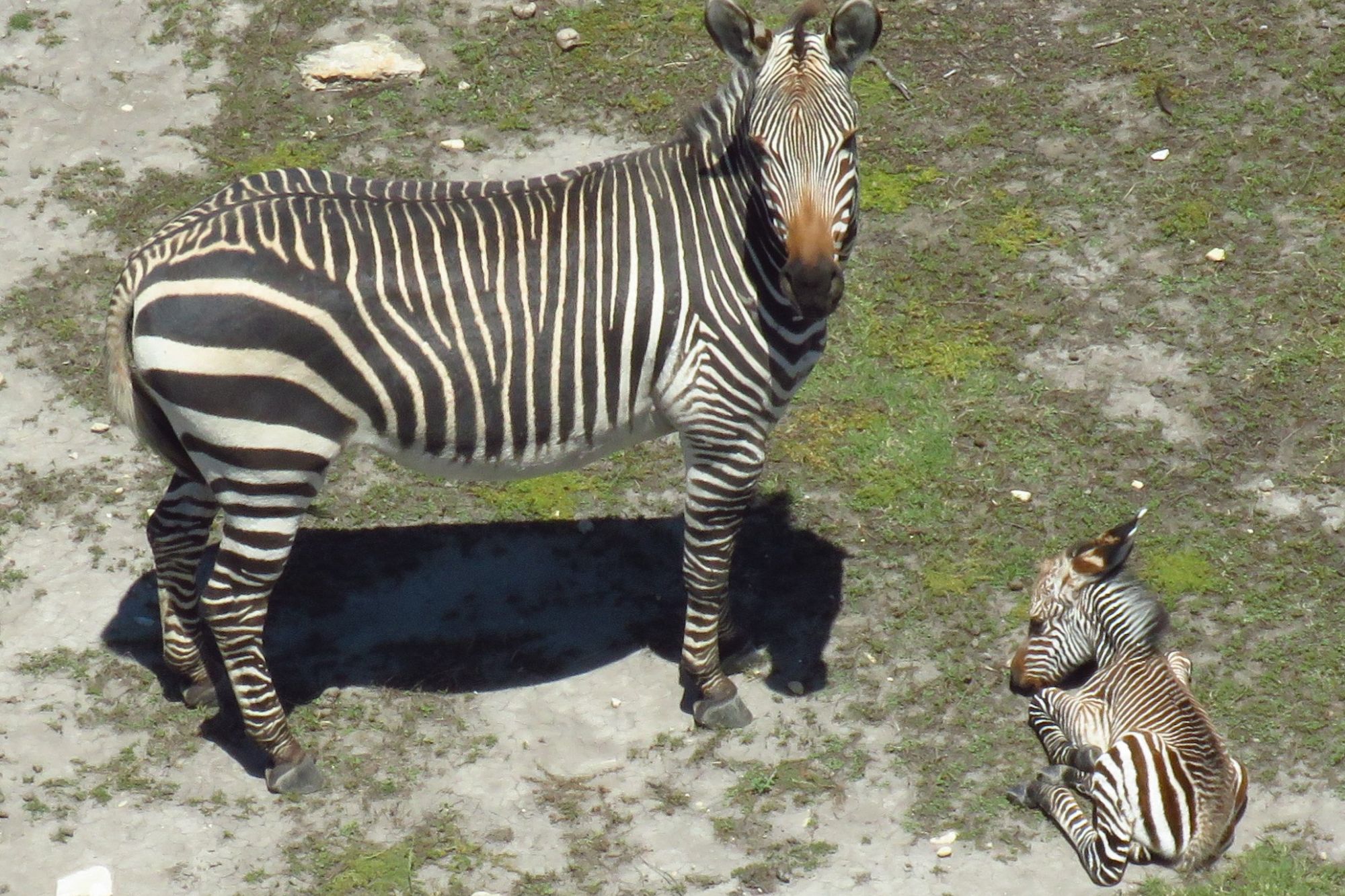
Cape Mountain Zebra at Gamkaberg Nature Reserve
Mammals
The Western Cape supports 126 types (or taxa) of land-based mammals and 27 types of marine mammals. Habitat loss, degradation and fragmentation, as well as invasive alien species, are the most severe threats to the mammals of the province. Twenty-three of the 153 taxa are listed as Threatened in the South African Red Data Book. Three are Critically Endangered, i.e. on the verge of extinction. Seven are Endangered, 13 are Vulnerable and 10 are Near Threatened. Although not as rich in large mammal fauna as some of the other provinces, some very special taxa can be seen when visiting CapeNature reserves. Eight of the province’s mammals are found nowhere else in the world. One of these, the bontebok (Damaliscus pygargus pygargus), is an example of a conservation success story. These striking brown and white antelope are easily spotted when visiting De Hoop Nature Reserve. Other charismatic species to be found on our provincial reserves are the Cape mountain zebra (Equus zebra zebra) and the Critically Endangered riverine rabbit (Bunolagus monticularis).
Photo: Cape Mountain Zebra at Gamkaberg Nature Reserve
Photo: Cape Mountain Zebra Family Group
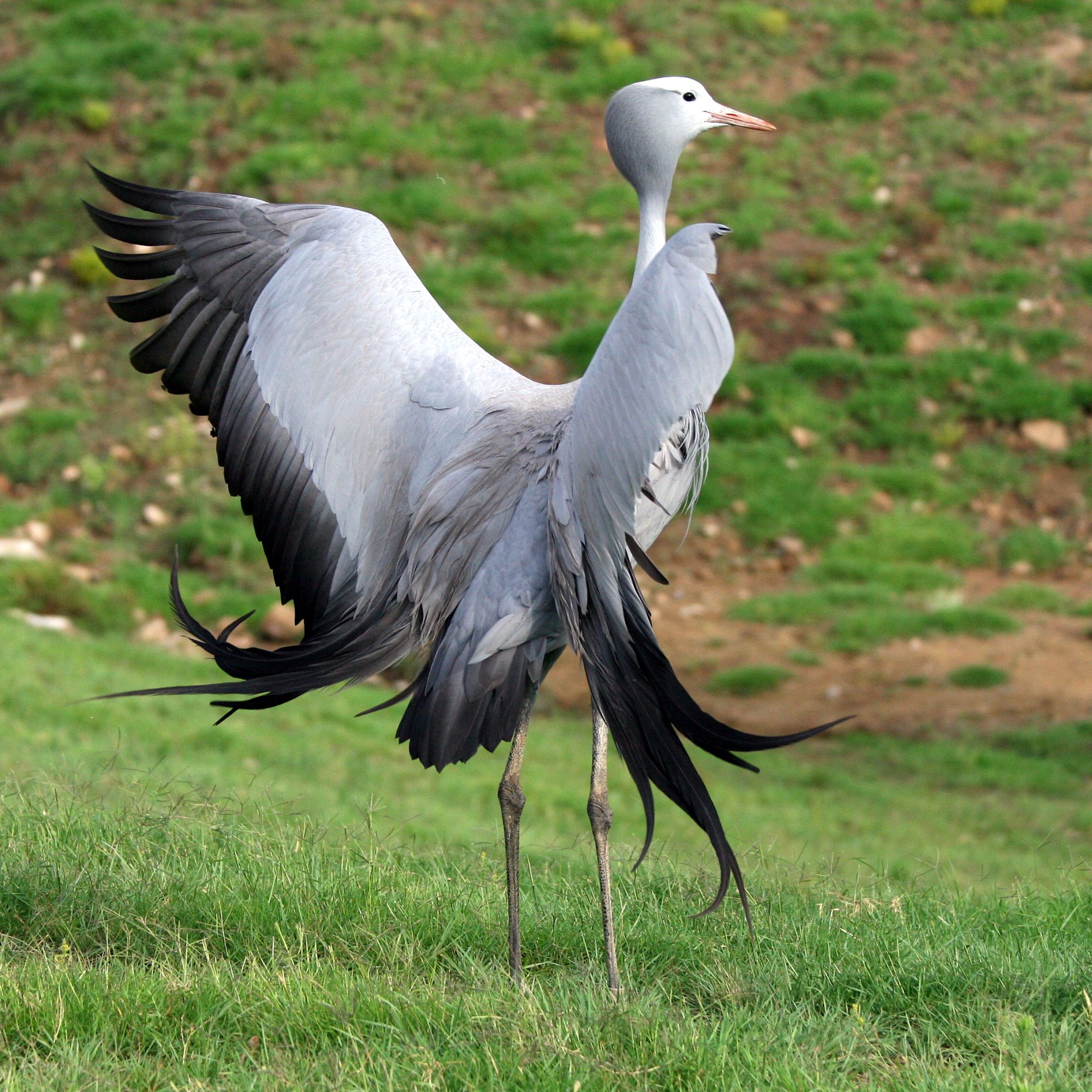
Birds
Over 600 bird species have been recorded in the Western Cape Province. Almost half of are provincial residents, while the rest are either birds that migrate south during summer, pelagic species occurring off the shores of the province, exotic species that have escaped and established themselves in the wild, or vagrants. Of the 337 resident species, 28 are listed as threatened in the 2015 South African Red Data book of Birds. These include the Critically Endangered Damara tern (Sterna balaenarum), which breeds at De Mond Nature Reserve and a few other sites along the coastline. Then there are Endangered species such as the hottentot buttonquail (Turnix hottentottus), black harrier (Circus maurus) and Ludwig’s bustard (Neotis ludwigii). The Cape Floral Kingdom extends into the Eastern Cape, and so does the distribution of birds that are endemic to Fynbos, however the Western Cape supports most of the populations of these species. The only species which is truly endemic to this province is Agulhas Long-billed Lark (Certhilauda brevirostris), which is found on the Agulhas plains near Bredasdorp. The diversity of bird habitats (fynbos, karroid, forest, coastal, marine, wetlands, etc.), and the vast numbers of especially wetland and coastal birds, has led to the establishment of 23 Important Bird Areas within the province.
Photos: Blue Crane
Photo: Cape Sugarbird
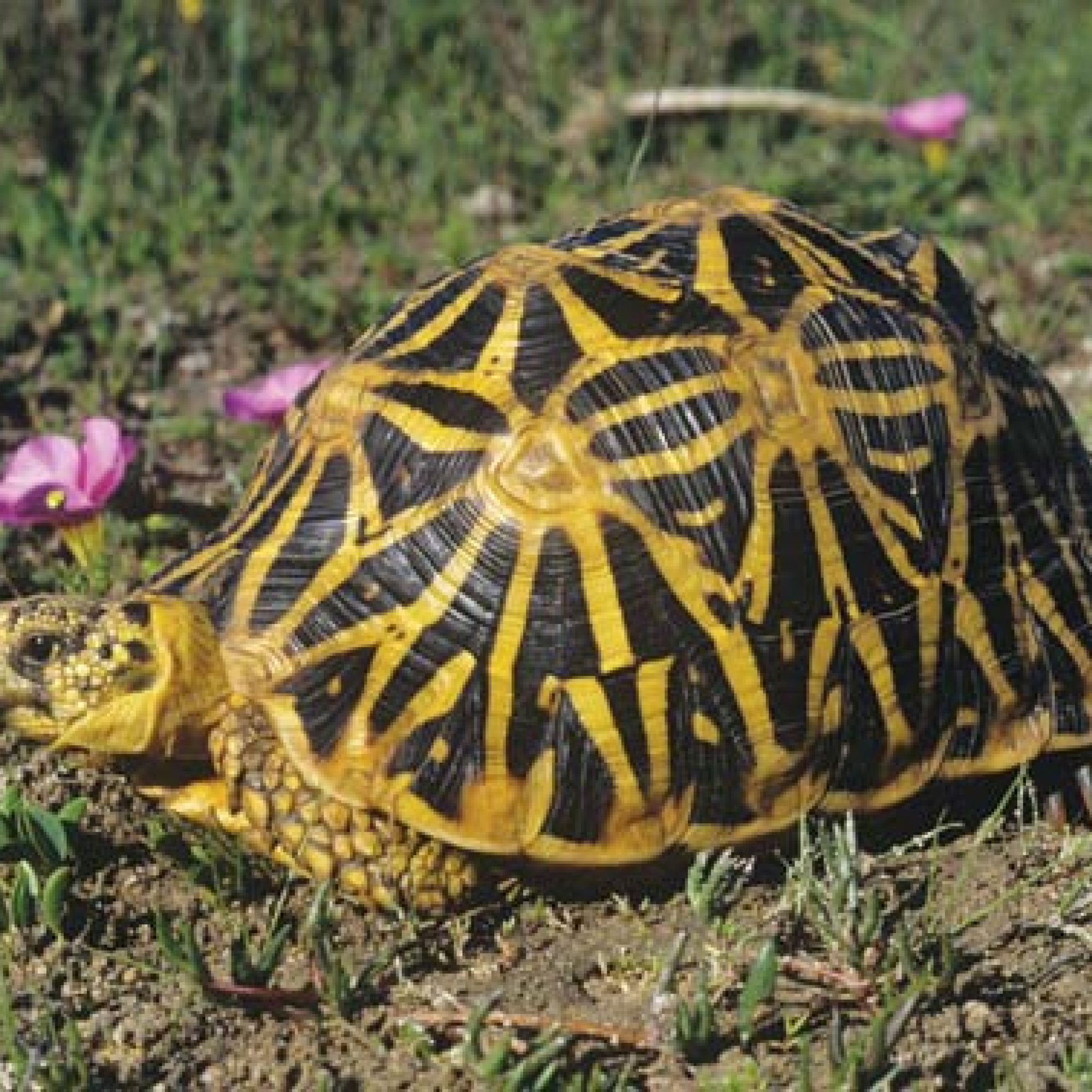
Reptiles
Of the 149 reptile taxa in the Western Cape (excluding the marine turtles), 14% occur only in this province. Seven taxa are considered to be regionally threatened. Three of these are tortoises, including the Critically Endangered geometric tortoise (Psammobates geometricus). Two taxa are Endangered and four are Vulnerable. Many reptile species do not tolerate habitat transformation. There are still several undescribed species in the province which need conservation assessment.
Geometric tortoise Psammobates geometricus (Critically Endangered)
The geometric tortoise occurs only in the low-lying renosterveld shrublands of the Swartland, Upper Breede River Valley and Ceres Valley. Itis a flagship species for the conservation of the few remaining fragments of renosterveld in an area where wheat and wine farming, as well as urban development, have led to the destruction of more than 90% of the species’ habitat. CapeNature partners with the Southern African Tortoise Conservation Trust to monitor and protect the species and to secure additional habitat for it. This includes the innovative use of a detection dog to locate the well-camouflaged tortoises.
Photo: Tortoise

Amphibians
The Western Cape has an extremely rich and unique amphibian diversity. Of the 60 amphibian taxa in the Western Cape, 60% only occur in this province. Disturbingly, eight of these are threatened. Five species have been assessed as Critically Endangered are three as Endangered, while a further three species cannot be assessed because there is simply not enough known about them. CapeNature is involved in monitoring several threatened species, one of which is the Critically Endangered rough moss frog (Arthroleptella rugosa).
Photo: Frog
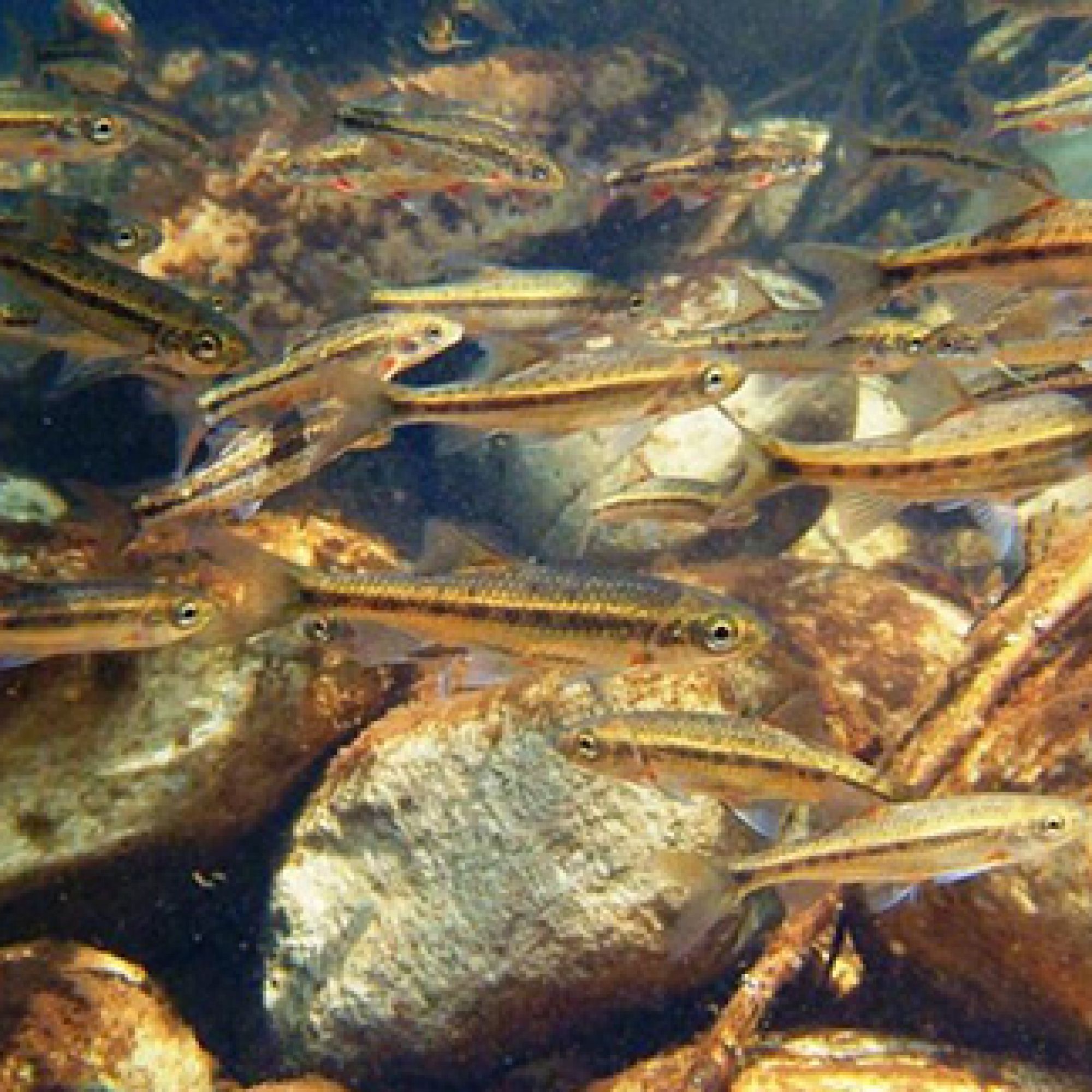
Freshwater Fish
There are 41 types of indigenous freshwater fish in the Western Cape. Thirty-three of these occur only in this province, and 22 are threatened. Species that are considered to be Critically Endangered are a new species of slender galaxias (Galaxias sp. nov. ‘slender’) and four species of redfin minnow: Barrydale redfin (Pseudobarbus burchelli), Krom River redfin (Pseudobarbus senticeps), Doring River redfin (P. ‘phlegethon Doring’) and Twee River redfin (Sedercypris erubescens). The primary threat to the indigenous fishes of the Western Cape is the presence of invasive alien species, followed by habitat degradation and destruction due to unsound land use practices and water over-abstraction and pollution.

Marine Fish
807 marine fish taxa have been recorded in the waters of the Western Cape and 105 of these are threatened.

Invertabrates
Over 55000 invertebrate species have been described in South Africa. The invertebrate fauan of the Western Cape is equally rich, with 300 known types of butterflies, 965 arachnids, 84 dragonflies and damselflies, and 156 net-winged insects. Despite being under-represented in studies of African diversity, invertebrates are significant contributors to ecosystem processes such as primary production, nutrient recycling, predation, herbivory and competition. Only a few invertebrate groups in South Africa are understood well enough to allow for an assessment of their threat status. These include the butterflies (Lepidoptera, 32 of 300 taxa in the Western Cape threatened) and the dragonflies and damselflies (Odonata, seven of 78 Western Cape taxa threatened). Approximately 27% of bee species are endemic to the province and each of the 17 species of the wingless stag beetle (genus Colophon) of the Lucanidae is restricted to a single mountain peak in the Western Cape.
Photos: dragonflies, stag beetle / goliath beetle
Related Plants

Succulent Karoo Ecosystem Programme (SKEP)
The Succulent Karoo Ecosystem Programme (SKEP) is a long-term, multi-stakeholder bioregional conservation and development programme. It began as a bi-national initiative between Namibia and South Africa to conserve the succulent Karoo ecosystem. SKEP is supported by conservationists in the Northern, Eastern and Western Cape and Namibia, the Botanical Institute of South Africa and the international non-government organisation, Conservation International.

Walker Bay Fynbos Conservancy
In 1999, a group of landowners established a conservancy to protect the fynbos in Walker Bay in the Western Cape. The conservancy collectively manages 12 179 hectares of land. The Walker Bay Fynbos Conservancy uses cooperative partnerships to conserve the natural splendour of the south-western Cape coast. The Cape floral region, home to the sixth, and smallest, floral kingdom in the world, is internationally recognised as a biodiversity hotspot and a world heritage site.
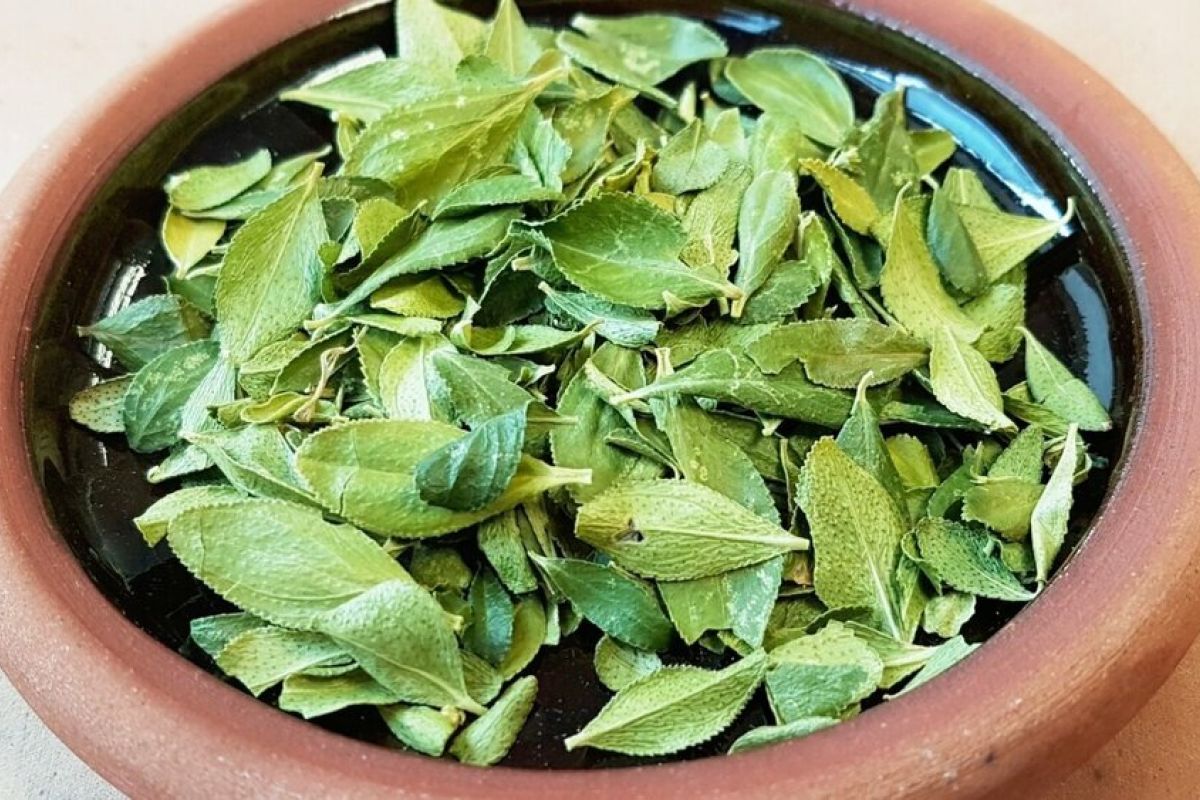
Traditional plant power for communities
Some communities and traditional healers near the Western Cape’s nature reserves use specific indigenous and medicinal plants such as buchu as part of their cultural traditions and to cure different ailments.
